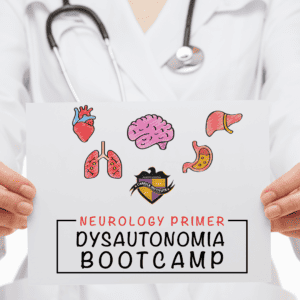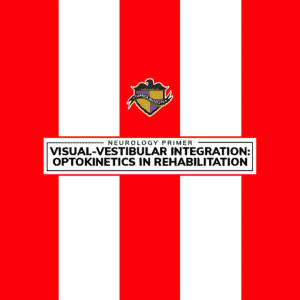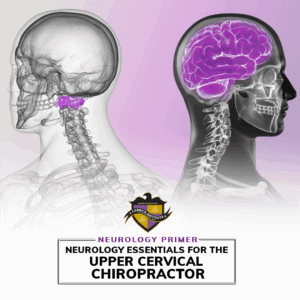Did you know vestibular dysfunction is seen in many neurological and musculoskeletal disorders?
In fact, many recent studies have shown vestibular deficits to be present in numerous neurodegenerative diseases, acting as a significant contributor to their onset and progression. Musculoskeletal disorders such as neck and back pain, scoliosis, and some forms of headaches also show a high coexisting incidence of vestibular deficits.
Despite the growing body of literature on this topic, vestibular deficits are not often considered in evaluating and managing patients with conditions not normally attributed to vestibular dysfunction. The lack of awareness and understanding creates a significant missed opportunity for clinicians to improve patient outcomes.
Vestibular Rehabilitation Bootcamp Course Outline
Clinical Anatomy & Neurophysiology
- Component Parts:
- Canals (Ant, Lat, Post)
- Otoliths (Utricle, Saccule)
- Sensory Receptor (Hair Cells, Cupula, Statoliths)
- Canal Orientation (Coplanar Activation)
- Otolith Orientation
- Vestibular Nerve & Projections
- The Importance of Gravity (All living matter on Earth developed in the Earth’s gravitational field) 2. Why go through the trouble of developing the vestibular apparatus?
- Need a reference point to know where we are in space:
- Gravity
- Orientation
- Controlling development and cellular processes.
- ADerent Inputs:
- Vestibular
- Proprioceptive
- Visual
- EDerent Projections:
- Eyes (MLF)
- Spinal Cord (Vestibulospinal)
- Hemispheric (Vestibular Cortex and others)
- Neck and Back Pain
- Scoliosis
- Balance
- Posture
- Headaches
- Tension
- Migraines
- Cognitive Decline
- History
- Canals
- Otoliths
- Central
- Posture
- Tilts
- Rotations
- Pulsion’s
- Gait
- Speed
- Base
- Arms (Cantilevering/Falling Response)
- Balance
- Romberg’s
- Fakuda Step Test
- Ocular
- OTR
- SVV
- VOR
- Skew
- Convergence/Vergence
- Postural Compensation:
- Roll Plane
- Yaw Plane
- Pitch Plane
- Body Posturing Reaction To:
- Static
- uVL
- Acute
- Chronic
- bBL
- Acute
- Chronic
- Dynamic
- Sway directionality
- Sensory Substitution:
- Acute VS Chronic
- Proprioceptive
- Ocular
- Gaze Stabilization Ex (0X, 1X, 2X) 2. Sensory Substitution Desensitization a. Visual Dependency
- Proprioceptive Dependency








